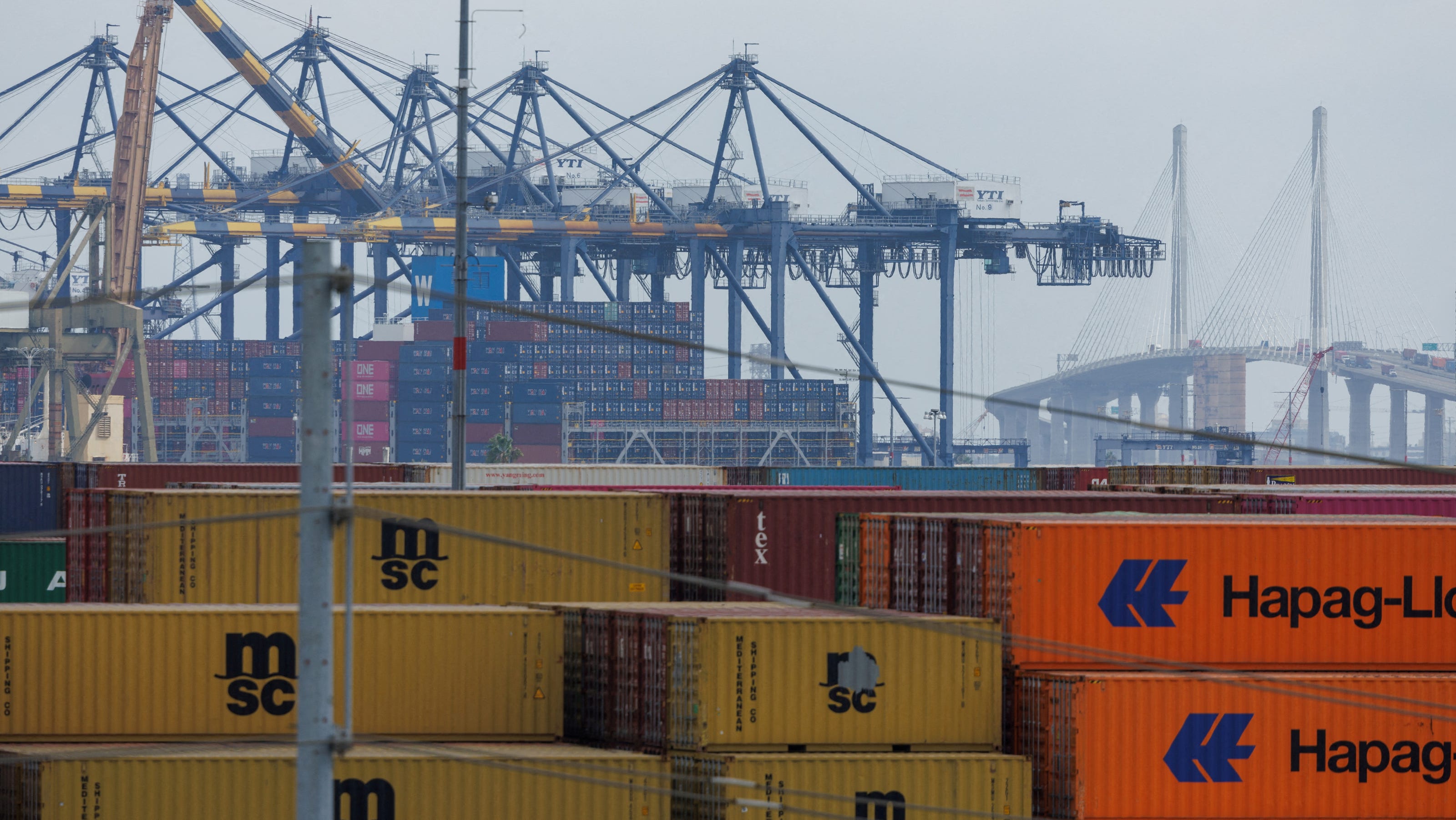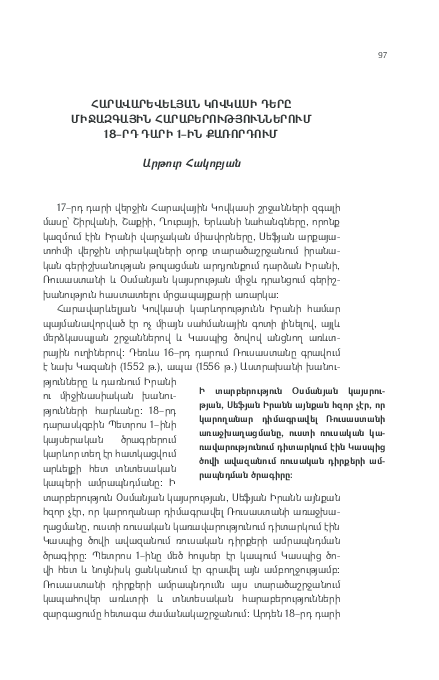Trump's Tariffs: A Boon For Some US Manufacturers?

Table of Contents
Sectors that Benefited from Increased Domestic Demand
While the overall impact of Trump's tariffs remains a subject of intense debate, some sectors did experience a short-term boost in domestic demand due to increased import costs.
The Steel and Aluminum Industries
The steel and aluminum industries are prime examples of sectors that initially benefited from Trump's tariffs. The imposition of tariffs on imported steel and aluminum led to a surge in domestic demand. This increased demand stimulated production, leading to job creation in several US steel and aluminum plants. Companies like Nucor and Steel Dynamics saw increased production and profitability during this period. However, this success wasn't without its challenges. The tariffs also led to higher input costs for manufacturers who relied on these metals, creating a ripple effect across various industries.
- Increased domestic steel production: US steel mills reported significant increases in output.
- Job growth in steel manufacturing plants: Employment numbers in the steel industry saw a temporary upswing.
- Higher prices for consumers: The increased cost of steel translated into higher prices for consumers on a range of goods.
- Increased investment in domestic steel production facilities: Some companies invested in upgrading their facilities to meet the rising demand.
Agricultural Sectors (with caveats)
The impact of Trump's tariffs on the agricultural sector was far more nuanced. While some sectors, particularly those producing niche goods less impacted by global competition, might have seen a slight uptick in domestic sales due to increased import costs, the overwhelming impact was negative. Retaliatory tariffs imposed by other countries on US agricultural exports significantly damaged the sector. Soybean farmers, for instance, faced severe losses due to reduced exports to China.
- Some niche agricultural products may have seen increased domestic sales: This was often offset by losses in export markets.
- Increased competition from subsidized foreign agricultural products: Even domestically, farmers faced pressure from subsidized imports from other countries.
- Negative impact of retaliatory tariffs on exports: This was a major factor contributing to losses in the agricultural sector.
Negative Impacts of Tariffs on US Manufacturers
While some sectors experienced short-term gains, the negative consequences of Trump's tariffs were widespread and far-reaching for many US manufacturers.
Increased Input Costs
One major drawback was the sharp increase in input costs for many manufacturers. Tariffs on imported raw materials, components, and intermediate goods significantly increased production expenses. This reduced profitability and competitiveness in global markets. Companies relying on imported parts for manufacturing experienced substantial cost increases, making them less competitive against foreign rivals who sourced materials without tariffs.
- Higher prices for imported raw materials: This directly increased the cost of production for many manufacturers.
- Reduced competitiveness in international markets: Higher prices for US-made goods made them less attractive to international buyers.
- Job losses in some sectors due to decreased production: Some companies were forced to cut production or even close down due to the increased costs.
Retaliatory Tariffs and Export Challenges
A significant unintended consequence of Trump's tariffs was the wave of retaliatory tariffs imposed by other countries. These countermeasures severely impacted US exports across various sectors. Industries heavily reliant on exports suffered significant losses as foreign markets imposed higher tariffs on their goods. This resulted in decreased sales, lost market share, and ultimately, job losses in several export-oriented sectors.
- Decreased export sales for various US products: This led to significant financial losses for many businesses.
- Lost market share to competitors in foreign markets: US companies faced increased competition from other countries.
- Negative impact on US businesses relying on exports: This caused severe disruptions and economic hardship for many companies.
Long-Term Effects and Economic Analysis of Trump's Tariffs
The long-term economic effects of Trump's tariffs are still being debated. While some argue that the tariffs protected certain industries and created jobs in the short term, others point to the negative impacts on overall economic growth, inflation, and international trade relationships. Numerous economic studies have analyzed the impact, with varying conclusions depending on the methodologies used and assumptions made. The long-term effects on inflation and consumer prices are still being studied, as are the lasting impacts on US trade relationships. A definitive assessment of the overall net economic impact will likely take many years to fully understand.
- Long-term impacts on inflation and consumer prices: The increased cost of imported goods contributed to inflation.
- Impact on US trade relationships with other countries: The tariffs strained relationships with many key trading partners.
- Overall net economic impact (positive or negative): This remains a subject of ongoing debate and research.
Conclusion: Evaluating the Legacy of Trump's Tariffs on US Manufacturers
Trump's tariffs had a complex and multifaceted impact on US manufacturers. While some sectors, like steel and aluminum, experienced short-term gains in domestic demand, many others faced significant challenges due to increased input costs and retaliatory tariffs. The overall long-term economic effects are still uncertain and a subject of ongoing debate within the field of economics. Understanding the full consequences of these trade policies requires a careful examination of various economic indicators and a nuanced understanding of the global trade landscape. We encourage readers to conduct further research on "Trump's Tariffs" and the broader implications of trade policy, using reputable sources, to form their own well-informed opinions on this crucial aspect of US economic history and its lasting impact on global trade. Further research into the effects of "Trump's Tariffs" on global trade and the specifics of US trade policy is encouraged to gain a deeper comprehension of this significant issue.

Featured Posts
-
 Analysis Of Westpac Wbc Profit Decline Due To Margin Pressure
May 06, 2025
Analysis Of Westpac Wbc Profit Decline Due To Margin Pressure
May 06, 2025 -
 Natanyahvo Dyery Aliyev Tramp Harabyervo Tyvo Nnyervo M
May 06, 2025
Natanyahvo Dyery Aliyev Tramp Harabyervo Tyvo Nnyervo M
May 06, 2025 -
 Schwarzeneggers White Lotus Role Dispelling Nepotism Rumors
May 06, 2025
Schwarzeneggers White Lotus Role Dispelling Nepotism Rumors
May 06, 2025 -
 Beyond Bmw And Porsche Western Automakers Facing Difficulties In China
May 06, 2025
Beyond Bmw And Porsche Western Automakers Facing Difficulties In China
May 06, 2025 -
 Ddgs Dont Take My Son A Diss Track Aimed At Halle Bailey Explored
May 06, 2025
Ddgs Dont Take My Son A Diss Track Aimed At Halle Bailey Explored
May 06, 2025
Latest Posts
-
 Natanyahvo Dyery Aliyev Tramp Harabyervo Tyvo Nnyervo M
May 06, 2025
Natanyahvo Dyery Aliyev Tramp Harabyervo Tyvo Nnyervo M
May 06, 2025 -
 Gregg Popovich Analyse Statistique De Sa Carriere Exceptionnelle
May 06, 2025
Gregg Popovich Analyse Statistique De Sa Carriere Exceptionnelle
May 06, 2025 -
 Nachalos Ocherednoe Plenarnoe Zasedanie Milli Medzhlisa Glavnye Sobytiya Dnya
May 06, 2025
Nachalos Ocherednoe Plenarnoe Zasedanie Milli Medzhlisa Glavnye Sobytiya Dnya
May 06, 2025 -
 Retour De Popovich Aux Spurs Incertain Pour La Saison Prochaine
May 06, 2025
Retour De Popovich Aux Spurs Incertain Pour La Saison Prochaine
May 06, 2025 -
 La Carriere De Gregg Popovich En Chiffres Victoires Records Et Heritage
May 06, 2025
La Carriere De Gregg Popovich En Chiffres Victoires Records Et Heritage
May 06, 2025
